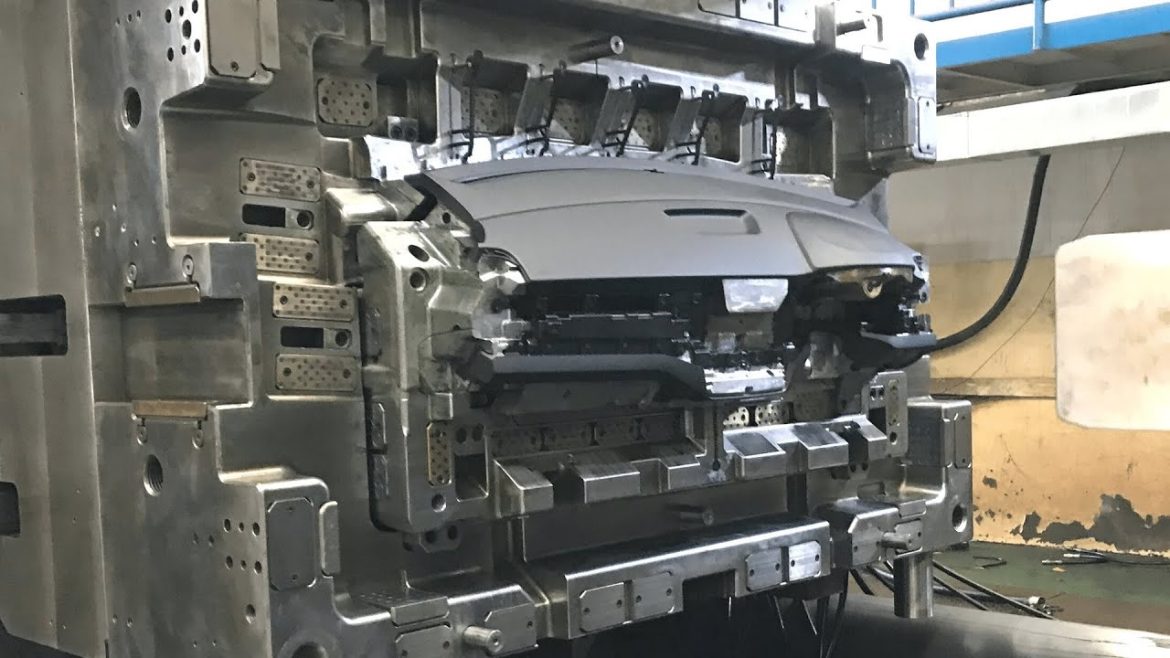In the fast-paced world of automotive manufacturing, precision, efficiency, and speed are paramount. To meet these demands, the automotive industry relies heavily on rapid injection molding, a process that has revolutionized the way various components are produced for vehicles. In this article, we delve into the fascinating realm of automotive applications of injection molding and uncover what you need to know about this innovative technology.
The Role of Rapid Injection Molding
Rapid injection molding is a game-changer in the automotive sector. It enables manufacturers to create high-quality plastic and composite components swiftly and with remarkable precision. This process significantly reduces production time and costs, making it a preferred choice for automotive parts that require quick turnaround times.
Complex Parts, Simplified Production
Injection molding is particularly beneficial when it comes to manufacturing complex automotive parts. From intricate interior components to durable under-the-hood parts, this technology can create intricate designs with ease. It ensures that every piece is identical in quality and performance, meeting the stringent requirements of the automotive industry.
Lightweighting for Improved Fuel Efficiency
The automotive industry is under constant pressure to reduce vehicle weight and enhance fuel efficiency. Injection molding plays a pivotal role in achieving these goals. By using lightweight materials and intricate designs, manufacturers can produce components that maintain structural integrity while minimizing weight. This not only improves fuel efficiency but also reduces emissions, aligning with global environmental initiatives.
Enhanced Aesthetics and Comfort
The aesthetics and comfort of modern vehicles are of utmost importance to consumers. Rapid injection molding allows for the creation of visually appealing and ergonomically designed interior components. From sleek dashboards to comfortable seating, this technology ensures that every detail is carefully crafted to enhance the overall driving experience.
Durability and Longevity
Automotive components face harsh conditions, from extreme temperatures to heavy wear and tear. Injection molding materials are chosen for their durability and resistance to these challenges. Whether it’s exterior body parts or engine components, these materials are designed to withstand the rigors of the road, ensuring the longevity of the vehicle.
Cost-Effective Production
Efficiency in manufacturing directly impacts the cost-effectiveness of producing automotive components. Rapid injection molding allows for the production of large quantities of parts in a relatively short period. This scalability helps manufacturers keep production costs down while maintaining high-quality standards.
Customization and Versatility
Each automaker may have specific design requirements for their vehicles. Injection molding offers the flexibility needed to meet these unique demands. Whether it’s customizing a component’s color, texture, or shape, injection molding can accommodate a wide range of design preferences.
Meeting Stringent Regulations
The automotive industry is subject to stringent safety and regulatory standards. Injection molding ensures that components meet these standards consistently. Manufacturers can rely on this technology to produce parts that adhere to various safety and environmental regulations, contributing to the overall safety of vehicles.
Conclusion
In the ever-evolving world of automotive manufacturing, rapid injection molding stands as a vital tool for producing high-quality components efficiently and cost-effectively. From lightweighting for fuel efficiency to enhancing aesthetics and ensuring durability, injection molding plays a pivotal role in shaping the vehicles of the future. As automakers continue to innovate and adapt to changing consumer demands, the importance of injection molding in the automotive industry is set to grow, driving the development of safer, more efficient, and aesthetically pleasing vehicles.
